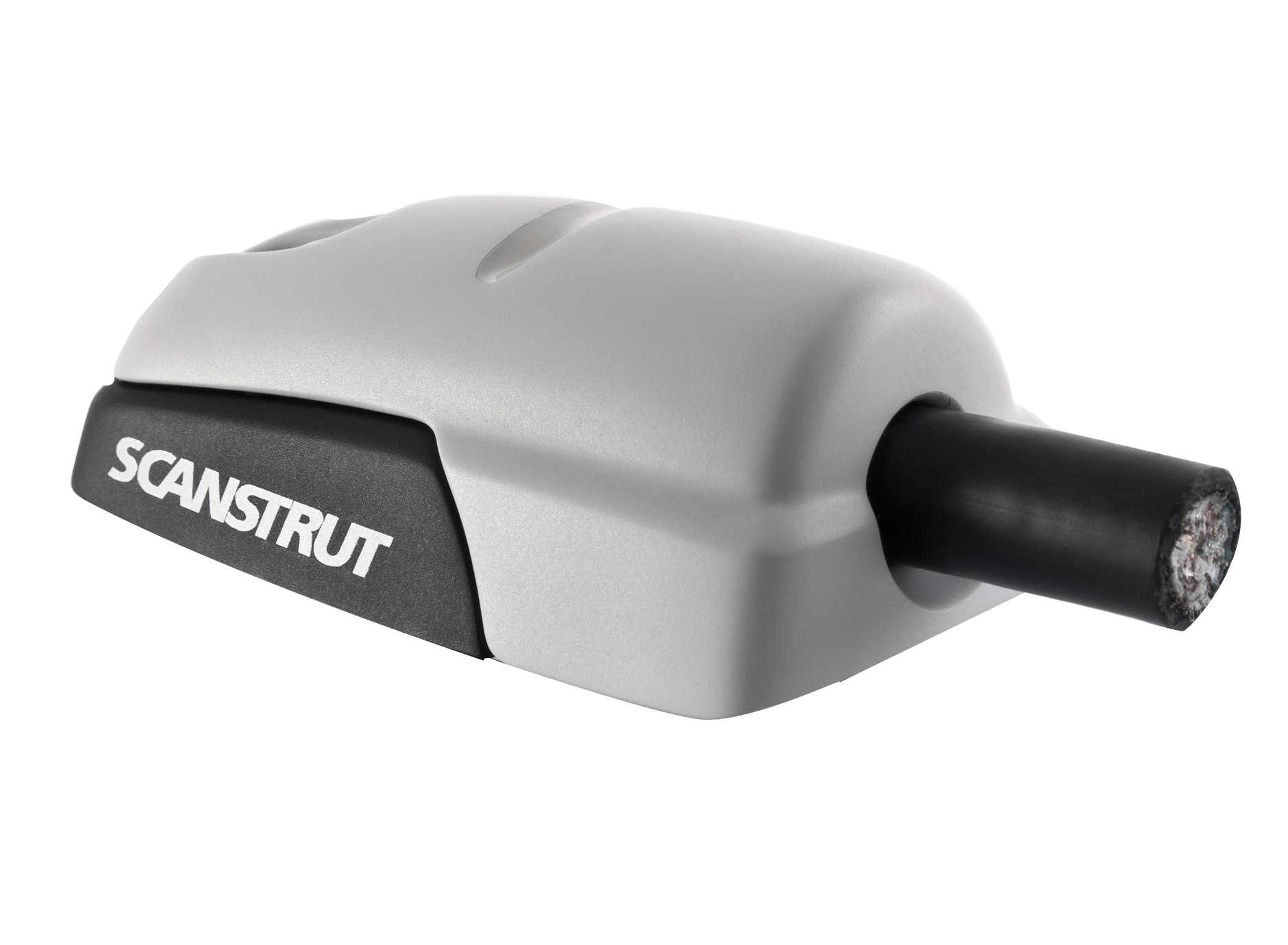I considered using cable glands and have used these extensively on a sailboat I lived on at one time. They worked great, but they are not really a high grade product I was super confident in. I didn't want to skimp on something keeping water away from the sheet metal and my interior.
I had several wires I needed to run through the roof for lights, solar, coax, etc. I utilized a bulkhead cannon plug. These are military/aviation type plugs. Essentially the wires are cut where they go through the roof. You crimp the wires onto pins and these go into their respective sides of the connector. The side of the connector going through the roof has an o ring to seal it and a jamb nut on the back to retain it. I then added polysulfide sealant to be sure-sure it is water tight. The exterior side on top of the roof has a plug that screws down onto the bulkhead connector to make a watertight fit.
This style of connector comes in a variety of sizes for different numbers of conductors (1 - 72+ conductors), different gauges of wire, different materials (aluminum, stainless, cad plated steel, plastic), different backshells/strain reliefs, etc.
I do not have a picture of mine but I used a 20 odd place connector that accepted pins for wires from 22 awg through 12 awg. This connector also accepts 'pin in pin' contacts for use with coax. I have not yet added a cell booster, but when I do this 'pin in pin' will allow me to make a single connection to all devices on the roof.
Depending on size and material these connectors can cost hundreds. Cheap ebay knock offs are available. You will need a crimp tool. The cheap deutsch ones will work. Cruise ebay and you will find aviation mechanics selling old plugs or surplus plugs with contacts for a reasonable amount. ITT Cannon or Amphenol are great brands but pricey. The knock offs can be had under $20. Mouser and Digikey often have standard ones available. I got my set from a project at work where we didn't need them.
If you want the 'pin in pin' style for coax you are looking for one that will accept contact p/n M39029/76-424 or M39039/77-428. Compatible connectors are a pain in the butt to find, I will look for a part number if folks are interested. A quick search have these at $13 a pin, so probably not practical option. A cheaper option may be the old bulkhead bnc or tnc route and just stick to a knock off plug for the non-coax connections.

Not my photo, but an example of what i am talking about.





